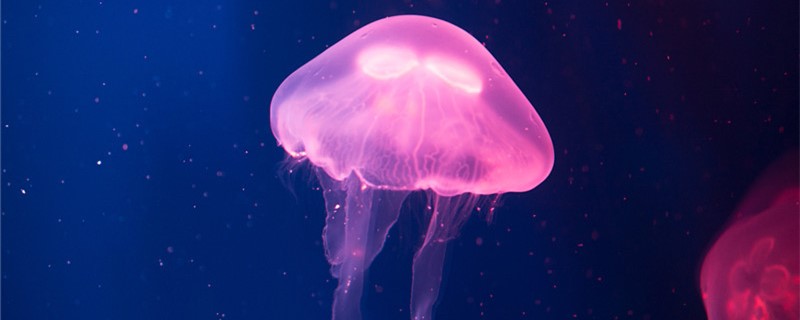 Jellyfish is a relatively low level of invertebrates, their body structure is very simple, many important organs, such as the heart and brain, in the body of jellyfish does not exist. Their bodies are mainly composed of water, so they look transparent. Although they seem to be a kind of gentle creature, they are actually fierce. Because most jellyfish are poisonous. Only a few domesticated pet jellyfish, such as the moon jellyfish, are non-toxic.
Jellyfish is a relatively low level of invertebrates, their body structure is very simple, many important organs, such as the heart and brain, in the body of jellyfish does not exist. Their bodies are mainly composed of water, so they look transparent. Although they seem to be a kind of gentle creature, they are actually fierce. Because most jellyfish are poisonous. Only a few domesticated pet jellyfish, such as the moon jellyfish, are non-toxic. Although jellyfish are simple in structure, they also have more effective ways to protect themselves. Jellyfish have tentacles, which play a role in their hunting and eating, but also can protect them, because there are some special stinging cells on them, which can eject toxic substances, after the prey is touched by the venom, it may be quickly paralyzed, serious or direct death. At this time, jellyfish can escape their enemies or eat their prey directly.
Most jellyfish are poisonous, their tentacles have a special structure, can release venom, these venom is poisonous, can play a role in paralysis. Specifically, the toxicity of these venoms is different. Jellyfish come in different varieties, and the venom they eject varies in strength. Generally speaking, the more colorful the jellyfish, the more toxic they are.
a few examples can be cited, such as the "Black Star Sea Stinging Jellyfish", which has elegant posture and beautiful color, and their movements in the water are like dancing, but they are very toxic, and generally will not let go when they encounter prey. Another example is the "hairy jellyfish", which is also very toxic. Studies have found that their toxins can directly affect the heart, that is to say, can cause abnormal heart function or even stop, so it is also a threat to humans.